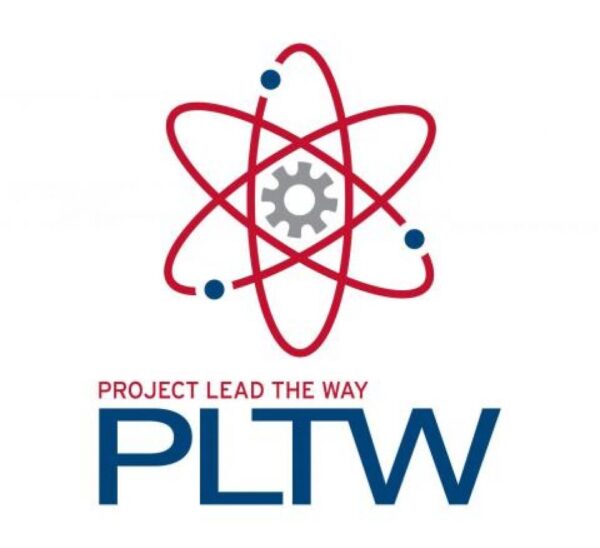
 Young learners are naturally wired for discovery and we believe that they learn best when the subjects are made interactive. We believe all students – beginning at a young age – need access to real-world, applied learning experiences that empower them to gain the skills they need to thrive in college, career, and beyond.
Young learners are naturally wired for discovery and we believe that they learn best when the subjects are made interactive. We believe all students – beginning at a young age – need access to real-world, applied learning experiences that empower them to gain the skills they need to thrive in college, career, and beyond.
“Research demonstrates that PLTW students outperform their peers in school, are better prepared for post-secondary studies, and are more likely to consider careers in STEM compared to their non-PLTW peers. Students find PLTW programs relevant, inspiring, engaging, and foundational to their future success.”
Project Lead the Way (PLTW) Launch is the name of the Elementary grades curriculum that is designed with activities in all areas of science, math, and design thinking that lets our students see what they can be and build skills to discover what they can do. Through the enrichment labs and exploration activities, students develop in-demand, transportable skills – such as problem solving, critical and creative thinking, collaboration, and communication – that they will use both in school and for the rest of their lives, on any career path they take.
Students are immersed in hands-on activities, projects, and problems that build upon each other and relate to the real world. They experience integrated learning that blends computer science, engineering, biomedical science, and more.
All PLTW curriculum pathways address Next Generation Science Standards and Common Core State Standards for Mathematics and English Language Arts.